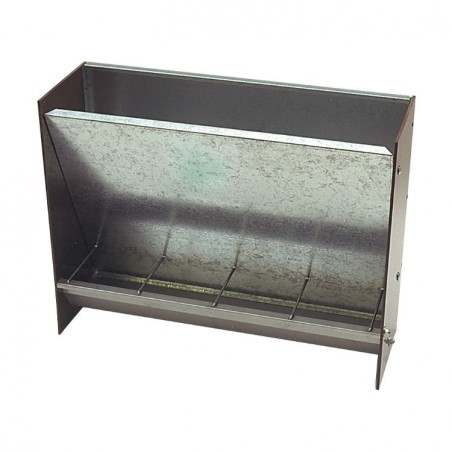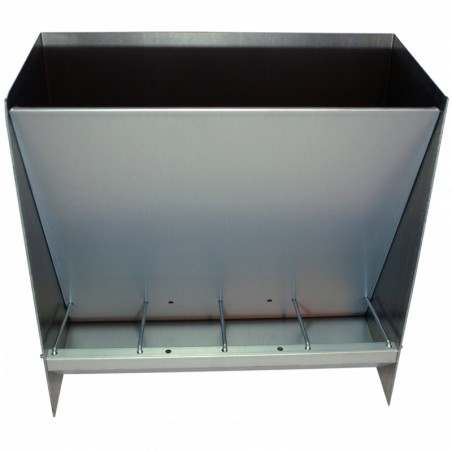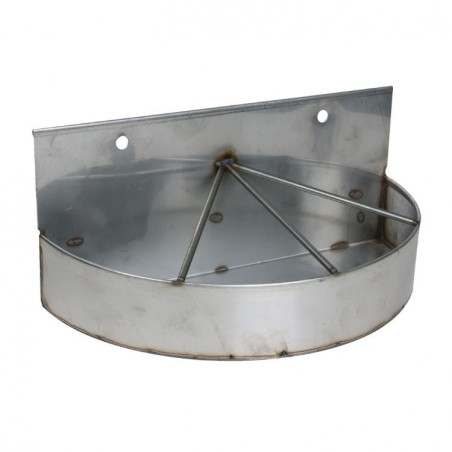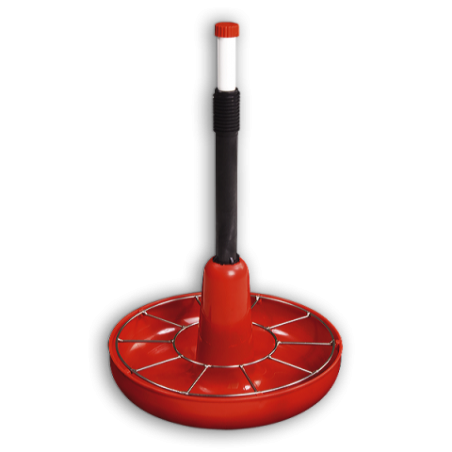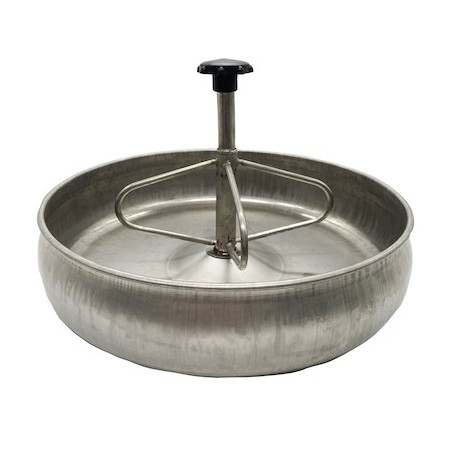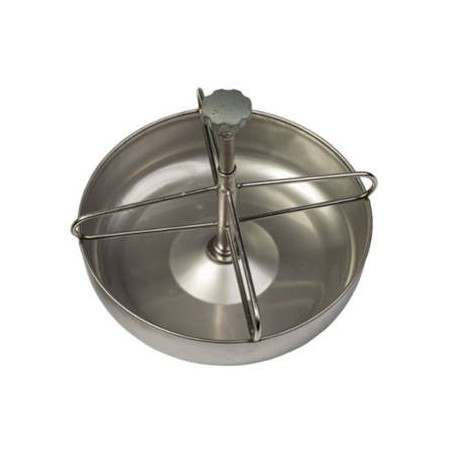Feeder access can influence whether pigs consume enough feed to meet their nutritional needs. Without adequate feed intake, their growth performance can be compromised. For pork producers, optimal feed space should maintain the performance and welfare of pigs, while achieving the potential of the feeder. The potential of the feeder is the maximal number of pigs that can be fed from it. This will depend on the amount of feed being consumed by the pigs and how much time they need to consume the feed. Using the total eating time needed to consume the expected amount of feed, we can calculate the potential of the feeder (Li et al, 2017).
The total eating time varies with the form of the diet. For instance, pigs need more time to consume a diet in mash form than a diet in pellet form. Likewise, it takes longer for pigs to eat from a dry feeder compared with eating from a wet/dry feeder where the feed is mixed with water (Table 1). The good news is that research has been conducted to determine the total eating time of pigs under different circumstances (Gonyou and Lou, 2000). So, pork producers can use the information to estimate the potential of their feeders.

We know that pigs eat more as they grow. Do we need to give them more time to consume their diet as they grow? The answer is no, because pigs eat faster as they grow. Pigs with a body weight of 75-85 kg spend a similar amount of time consuming their diet compared to pigs with a body weight of 35-45 kg (Table 1).
Table 1. Recommended number of pigs per feeder hole of a dry feeder
| Production stage | Diet form | Body weight (kg) | ADFI (kg) | Total eating time (min) | Pigs/feeder hole | Source |
|---|---|---|---|---|---|---|
| Finishing | Mash | 75 - 85 | 2.73 | 107 | 11 | Li et al, 2018 |
| Finishing | Pellets | 75 - 85 | 2.64 | 67 | 17 | |
| Growing | Mash | 35 - 45 | 2.11 | 107 | 11 | |
| Growing | Pellets | 35 - 45 | 2.08 | 82 | 14 | |
| Nursery | Mash | 8 - 25 | 0.80 | 175 | 6.5 | Laitat et al, 2004 |
| Nursery | Pellets | 8 - 25 | 0.67 | 113 | 10 |
It is recommended that a feeder should be occupied by pigs 80% of the time to maintain performance and welfare (Li et al, 2017). This means that the feeder should be used by pigs for 19 hours per day instead of 24 hours. Being occupied by pigs for 19 hours (or 1,152 minutes) per day, a feeder hole can feed 11 growing and finishing pigs, based on results from the research (Li et al, 2017). The number of pigs per feeder hole is calculated by dividing 1,152 min (19 hours) by the total eating time in minutes. For instance, if a growing/finishing pig spent 107 min eating per day, the number of pigs per feeder hole is 11 (1152 min/106 min = 11 pigs/feeder hole).
We can estimate the number of pigs per feeder hole for nursery pigs using the same method mentioned above. Laitat et al, (2004) reported that nursery pigs spent 175 min per day eating a mash diet and 113 min per day consuming a pellet diet. Then the recommended number of pigs per feeder hole was 6.5 and 10.2 pigs for eating mash and pellet diets, respectively. In their study, nursery pigs were housed in groups of 30, 40, or 50. Group size did not affect the total eating time, meaning that group size does not influence the number of pigs per feeder hole.
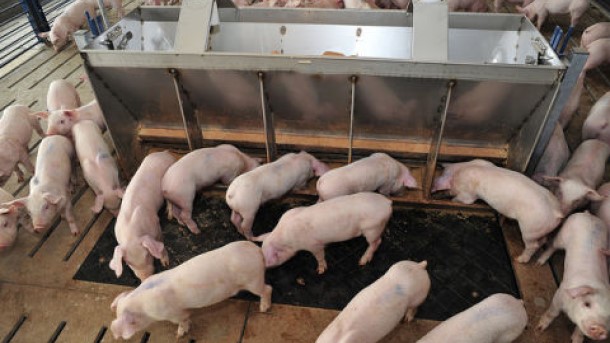
Historically, 4 to 11 pigs/feeder hole are recommended for nursery pigs depending on the diet form (mash vs. pellets) and feeder type (dry vs. wet/dry). Pigs can adapt to a wide range of feeder space without influencing feed intake or growth performance when the number of pigs per feeder hole is lower than the recommendation. When the number of pigs per feeder hole is higher than the recommendation, growth performance can be compromised. For instance, nursery pigs experienced a decrease in weight gain at 12.5 pigs/feeder hole compared to 10 pigs/feeder hole, regardless of diet form (Laitat et al, 2004). On the other hand, providing ample feeder space beyond the recommendation can have some benefits to pig welfare and slow-growing pigs. For instance, newly weaned pigs eat the solid feed sooner when provided ample feeder space at 3.8 pigs/feeder hole than at 7.5 pigs/feeder hole (Laskoski et al, 2019). Slow growing pigs increase growth rate during the nursery period when provided feeder space at 1.6 pigs/feeder hole compared to slow-growing pigs at 4 pigs/feeder hole (He et al 2018).
In summary, the optimal number of pigs per feeder hole can be calculated based on the total time for pigs to consume the adequate amount of feed to meet their nutrient requirements. Pigs need more time to consume diets in mash form than consuming pellets. For pigs eating mash diets from dry feeders, the recommended number of pigs per feeder hole is 6.5 for nursery pigs and 11 for growing and finishing pigs. Increasing the number of pigs per feeder hole from the recommendation may compromise growth performance.




